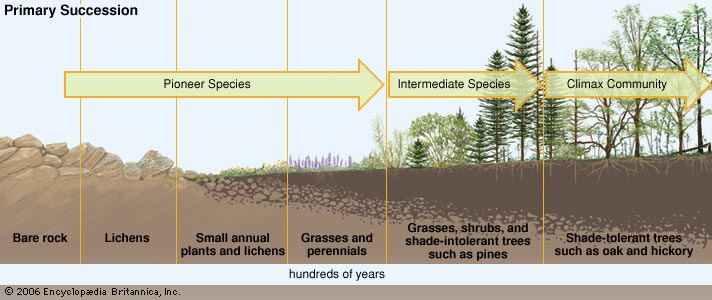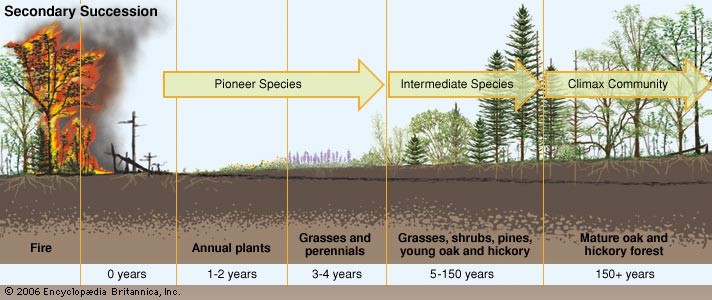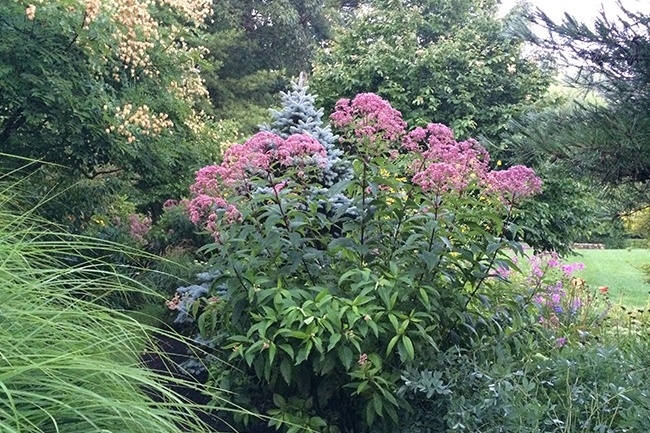Everybody loves a beautiful landscape but who really loves taking care of it? If you’re a homeowner who envies a gorgeous landscape design but dreads the idea of having to take care of one yourself, take heart – we’ll show you how to achieve the landscaping of your dreams with minimal maintenance.
Let’s demystify the term “low maintenance”
Most people realize that “low maintenance” does not mean “no maintenance.” All landscapes requires some kind of care, but with a little planning and insight, maintenance can be minimized.
A simple, irrefutable fact of nature is that nature abhors a vacuum – that is, nature likes to fill in open spaces with plants. So any homeowner who takes a completely hands-off approach will find their property filling in with whatever plants happen to like their property’s environment. This is something ecologists call “succession” -- a term that is used to describe the successive process of plant establishment and growth over time. For example, shrubs and weedy growth will be the first plants to establish themselves in an untouched meadow, followed by fast-growing evergreens and other softwoods that eventually are replaced by hardwoods. The meadow, over time, turns into mature forest, known as a climax community.

This process is always in motion, but it becomes highly noticeable if you stop mowing and weedy growth moves in (primary succession), or after a catastrophic event such as a forest fire, after which grasses, shrubs, and then the forest re-establish themselves (secondary succession). The whole idea behind maintaining your landscape is to hold succession back. You’re essentially trying to slow down a natural process.
Your property – with whatever level of maintenance you provide it – is considered a “managed environment.” That means you’ve developed an ecological community in a confined area and now manage the growth and expansion of all the parts of that community. Makes you sound pretty powerful, doesn’t it?
Your intention may be to have an expanse of lawn; perhaps a garden and beds to grow a variety of shrubs, flowers, and the plants; hedges for privacy and large trees for shade. Whether you realize it or not, an unspoken intention of this kind of controlled planting is to prevent unwanted and undesirable vegetation from invading your property and taking over.

So here’s the trick to low maintenance: the more stability you can achieve in your landscape – in other words, the closer you can get to a mature, climax community – the lower your input needed to maintain it. So if you have lots of early growth – grasses, flowers, and the like – you’ll have a lot more maintenance. More mature trees with balanced understory growth means less maintenance. Your goal is to slow natural succession by creating health and balance so that succession isn’t in such a hurry to take over your land.
How do you define “low maintenance”?
Low maintenance is as much about the person doing the maintenance as it is about the landscape and the actual work needed to maintain it. ALL maintenance is relative.
Let’s start with your perception of maintenance. If you’re a gardener at heart and love to be out in the yard puttering about, then your idea of low maintenance is going to really freak out the person who has absolutely no desire to get their hands dirty or spend time with plants.
When gauging the level of work needed to maintain a particular landscape design, start by asking yourself:
- What do I consider “low maintenance”?
- Can I quantify that in hours?
- Can I qualify it by listing the tasks I consider “low maintenance”?
- What will I willingly and gladly do myself on a regular basis?
- What will I never do?
So how do I get a low maintenance landscape?
Owning a low-maintenance landscape is not only simple, it’s advisable. That doesn’t mean it’s quick, because it isn’t. And it doesn’t mean it’s easy, because there’s work involved. But the concepts are simple, basic, and linear. They simply take time and you need to commit to following them.
Here are the four simple steps to achieving a low-maintenance landscape:
- Know your existing conditions thoroughly before you start making changes
Do a thorough site analysis in which you document the soils and all the existing vegetation, structural elements, and exposures.
- Design and plan your landscape alterations so they align perfectly with those existing conditions and the surrounding environment
If that isn’t entirely possible, take the necessary actions to enhance your conditions to support your new landscape plan. Avoid aggressive, complete overhauls because that’s a surefire way to require lots of follow-up maintenance
- Install your new landscape or renovate the one you have by using best environmental and landscape practices
This includes paying attention to your soil and the associated root systems as much as it includes acquiring high quality plants and materials to support your project goals.
- Before you pick up a shovel, have a plan for how you will support your new landscape through the period of acclimation and establishment
All altered landscape areas will be in a state of shock when first installed. Using best practices will ensure a low level of shock. Develop an 18-month to 3-year support plan to ensure FULL establishment as the best way to ensure your low-maintenance design will, in fact, develop as planned.
You don’t have to know it all or do it all to get to your goal
These steps are deceptively simple, linear, and logical. They just may not be easy. To get through all four steps successfully you need to know something about the environment, landscape design, plants, soil, and more.
Fortunately there are talented, experienced landscape designers and consultants out there who can help you with the planning process. Go talk with an environmentally-committed landscape professional who is engaged and eager to discuss how they can help you achieve a low-maintenance landscape. You’ll be pleasantly surprised by the results.
Tweetable Tip: Owning a low-maintenance landscape is not only simple, it’s advisable. https://ctt.ec/Ix035+
Achieving low-maintenance status is a process not a project
Unfortunately, the media is not doing anyone any favors by constantly hyping ways to make inspiring landscapes “easy, cheap, and FAST.” Take it from a landscape professional with 30-years of hands-in-the-soil design, installation and maintenance experience -- there are no shortcuts to quality landscape designs and project installations that will not only last, but improve over time. Done right, a sustainable, low-maintenance landscape takes some time and money but the payoff is tremendous and well-worth the investment.







Leave a comment